Need ginger substitutes NOW? Here are the 5 best replacements with exact ratios for any recipe. Skip to the quick reference table below or read on for detailed guidance.
| Spice | Flavor Profile | Best For | Substitution Ratio |
|---|---|---|---|
| Turmeric | Earthy, slightly bitter, warm | Dishes needing warmth but not heat | 1:1 (ground turmeric) |
| Cinnamon | Sweet, woody, aromatic | Baked goods, desserts | ½ amount of original ginger quantity |
| Nutmeg | Warm, nutty, slightly sweet | Baked goods, creamy sauces | ¼ tsp per tsp of ginger |
| Allspice | Complex, spicy-sweet with clove-like notes | Mexican, Caribbean, Middle Eastern cuisine | 1:1 (ground allspice) |
| Fresh Galangal | Sharp, piney, citrusy, less sweet | Thai soups and curries | Same volume as ginger root |
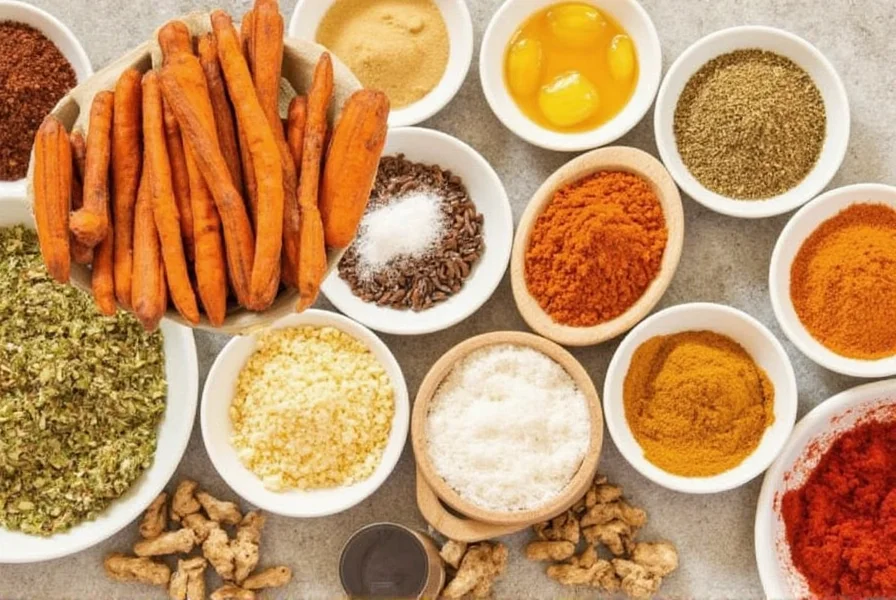
Quick Reference Guide: Best Ginger Substitutes by Situation
When you're in the middle of cooking and need immediate solutions, use this quick guide based on your specific need:
For Baking (Cookies, Cakes, Muffins)
- Best substitute: Cinnamon + nutmeg blend (½ tsp cinnamon + ⅛ tsp nutmeg per tsp ginger)
- Avoid: Turmeric (changes color significantly)
- Pro tip: Add a pinch of cloves for complexity
For Savory Dishes (Stir-fries, Curries, Soups)
- Best substitute: Galangal (for Thai dishes) or turmeric (for Indian dishes)
- Avoid: Cinnamon (too sweet for most savory applications)
- Pro tip: Add lemon juice with turmeric to mimic ginger's brightness
For Beverages (Teas, Smoothies)
- Best substitute: Turmeric + black pepper (¼ tsp turmeric per tsp ginger)
- Avoid: Allspice (overpowers delicate flavors)
- Pro tip: Add honey to balance earthiness
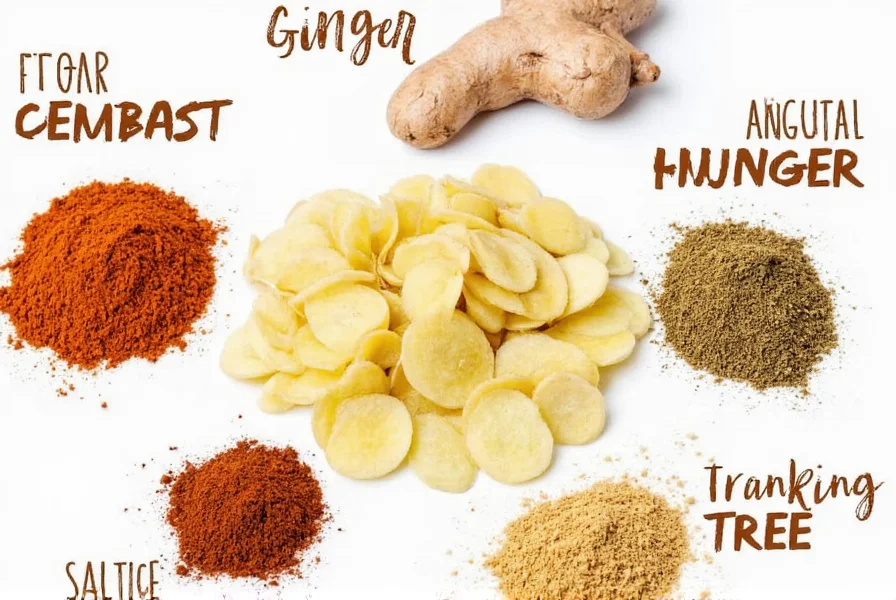
Why These Substitutes Work: Flavor Chemistry Explained
Ginger's unique flavor comes from gingerols and shogaols - compounds that provide both warmth and slight heat. Each substitute works by mimicking one or more of these characteristics:
1. Turmeric – The Earthy Warrior
Turmeric contains curcumin, which provides earthy warmth without ginger's sharp bite. While it doesn't replicate the heat, it offers similar anti-inflammatory benefits. Best for: Indian curries, rice dishes, and roasted vegetables where color and warmth matter more than heat.
2. Cinnamon – The Sweet Defender
Cinnamon's cinnamaldehyde provides warmth through a different chemical pathway than ginger. Use 50% less than ginger quantity as cinnamon is sweeter and more potent. Works best in baked goods where you want warmth without spice.
3. Nutmeg – The Delicate Charmer
Nutmeg's myristicin offers subtle warmth similar to ginger's milder aspects. Use sparingly (¼ tsp per tsp ginger) as it can become bitter in larger quantities. Ideal for creamy sauces, custards, and holiday dishes where delicate warmth is needed.
4. Allspice – The Flavor Chameleon
Allspice contains eugenol (also found in cloves), which provides the spicy-sweet complexity similar to ginger. Its name comes from tasting like a blend of cinnamon, cloves, and nutmeg. Perfect for Caribbean jerk recipes and spiced cakes.
5. Fresh Galangal – The Thai Twin
Galangal contains different compounds (galangol instead of gingerol) that provide a sharper, more citrusy flavor. While not identical, it's the closest relative in the Zingiberaceae family. Use same volume as ginger but slice rather than grate due to its harder texture.
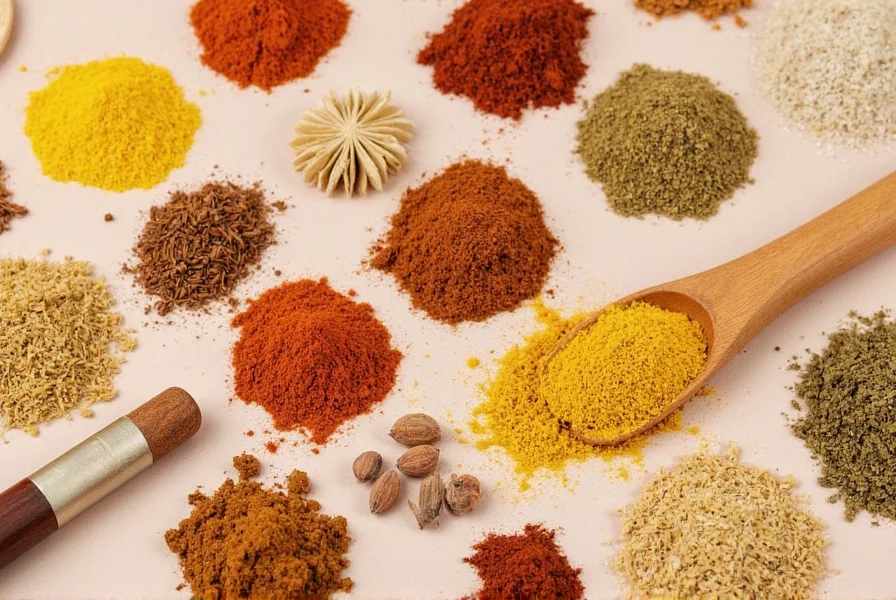
Advanced Substitution Techniques
For professional results, these techniques will help you perfectly match ginger's complex flavor profile:
Creating a Ginger Flavor Profile
Since no single substitute perfectly replicates ginger, try these combinations based on your recipe type:
| Recipe Type | Best Blend | Ratio |
|---|---|---|
| Asian Stir-fries | Galangal + lemon zest | 1:1 galangal to ginger + ½ tsp lemon zest per tbsp |
| Indian Curries | Turmeric + black pepper + coriander | 1:1 turmeric to ginger + ⅛ tsp each pepper/coriander |
| Baking | Cinnamon + nutmeg + cardamom | ½ cinnamon + ¼ nutmeg + ⅛ cardamom per tsp ginger |
| Smoothies/Teas | Turmeric + honey + lemon | ¼ tsp turmeric per tsp ginger + 1 tsp lemon/honey |
Timing Matters: When to Add Your Substitute
Ginger's volatile compounds react differently based on cooking time:
- For fresh ginger flavor: Add substitutes in the last 5-10 minutes of cooking
- For deep flavor integration: Add substitutes at the beginning with aromatics
- For beverages: Steep substitutes for 3-5 minutes (longer makes bitterness)
Recipe-Specific Substitution Guide
For Baking: Gingerbread Cookies
Problem: Ginger provides both warmth and slight heat that balances sweetness
Solution: Use ½ tsp cinnamon + ¼ tsp nutmeg + pinch of cloves per tsp ginger
Pro tip: Add 1 tsp molasses to maintain moisture profile
For Cooking: Chicken Stir-fry
Problem: Ginger's sharp bite cuts through rich sauces
Solution: Use same amount of galangal (thinly sliced) or ¾ amount turmeric + lemon zest
Pro tip: Add substitute at the end of cooking to preserve bright notes
For Beverages: Ginger Tea
Problem: Needing both warmth and digestive benefits
Solution: Use ¼ tsp turmeric + ½ tsp honey + 1 tsp lemon juice per tbsp ginger
Pro tip: Add black pepper to increase turmeric absorption
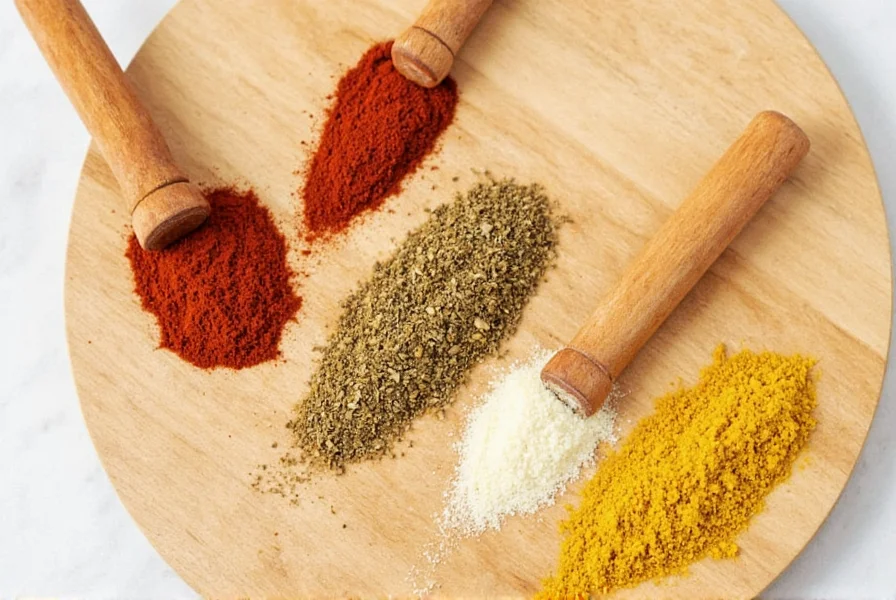
Frequently Asked Questions About Ginger Substitutes
What is the best substitute for fresh ginger?
Galangal is the closest substitute for fresh ginger, especially in Asian dishes. It has a similar texture but with more citrusy and pine-like notes. If galangal isn't available, try using a combination of ½ tsp ground ginger plus ¼ tsp of lemon zest for each tablespoon of fresh ginger needed.
Can I use ground ginger instead of fresh ginger?
Yes, but with adjustments. Generally, ¼ teaspoon of ground ginger equals 1 tablespoon of freshly grated ginger. Keep in mind that ground ginger has a more concentrated, earthier flavor compared to fresh ginger's bright, spicy kick. For best results, add ground ginger early in the cooking process to allow its flavor to mellow and distribute throughout the dish.
What's the difference between ginger and galangal?
While both are rhizomes from the same plant family, they have distinct characteristics. Ginger has a warm, spicy, slightly sweet flavor with citrus notes, while galangal is sharper, more peppery, with distinct pine and citrus undertones. Galangal is also harder and woodier in texture. They're not 100% interchangeable, but galangal works best as a substitute in Southeast Asian dishes where its unique flavor profile is appropriate.
How do I substitute ginger in baking?
For baking, cinnamon is your best friend as a ginger substitute. Use half the amount of cinnamon that the recipe calls for ginger. For more complex flavor, try a blend of ¼ tsp cinnamon + ⅛ tsp nutmeg + a pinch of cloves per teaspoon of ginger required. This combination mimics ginger's warm, spicy-sweet profile particularly well in cakes, cookies, and pies.
Can I omit ginger from a recipe completely?
You can omit ginger, but it may affect the flavor balance of your dish. In savory recipes, consider adding a small amount of lemon juice or vinegar to maintain the bright note that ginger would have provided. In sweet recipes, you might increase other warm spices like cinnamon by 25-50% to compensate. For best results, try to use at least one substitute rather than omitting ginger entirely.
How much cinnamon equals one tablespoon of ginger?
For fresh ginger, use approximately ½ tablespoon of cinnamon. For ground ginger, use about ½ teaspoon of cinnamon for every 1 teaspoon of ground ginger. Remember that cinnamon is sweeter and less spicy than ginger, so you may want to add a pinch of black pepper or a small amount of lemon zest to better approximate ginger's complex flavor profile.
Final Tips for Perfect Substitutions
Master these ginger substitutions with these professional techniques:
- Taste as you go: Add substitutes gradually, especially potent ones like nutmeg
- Consider the dish's color: Turmeric will turn everything yellow - great for golden milk, bad for white sauces
- Texture matters: For fresh ginger applications, slice substitutes thinly rather than grating
- Balance is key: Pair earthy substitutes (turmeric) with bright elements (citrus)
Running out of ginger doesn't have to ruin your meal. With these precise substitution ratios and techniques, you can confidently adapt any recipe while maintaining the flavor profile you need. The key is understanding which aspect of ginger's flavor you're trying to replicate - warmth, spice, or brightness - then choosing the right substitute for that specific purpose.
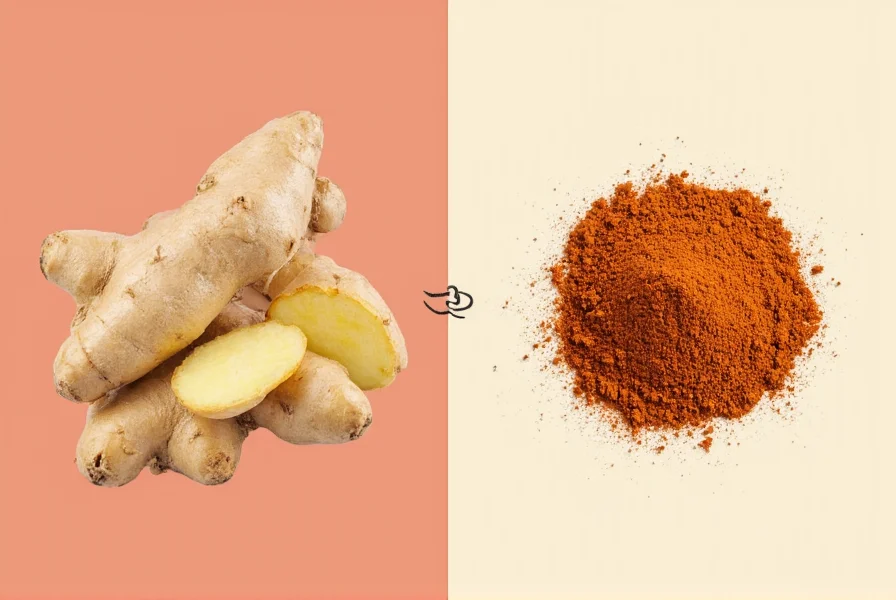

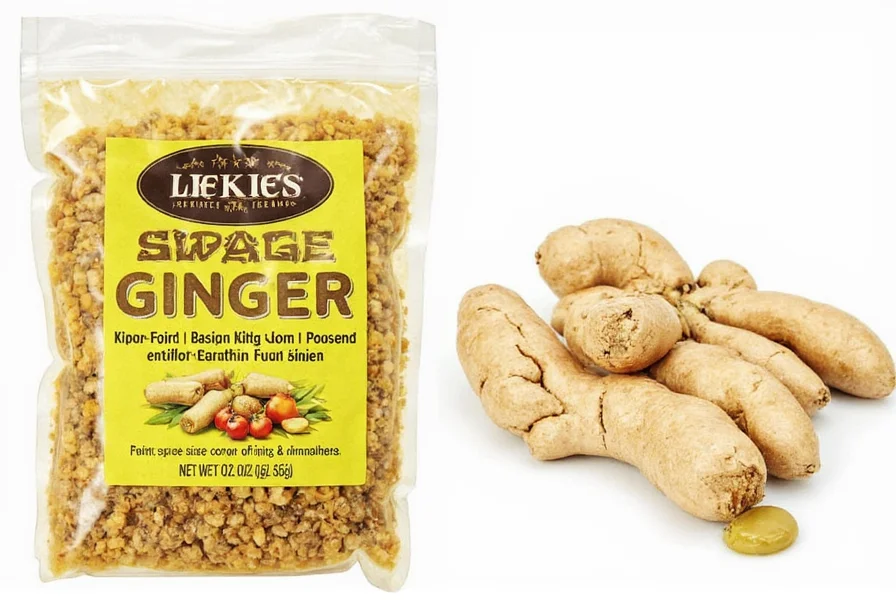









 浙公网安备
33010002000092号
浙公网安备
33010002000092号 浙B2-20120091-4
浙B2-20120091-4